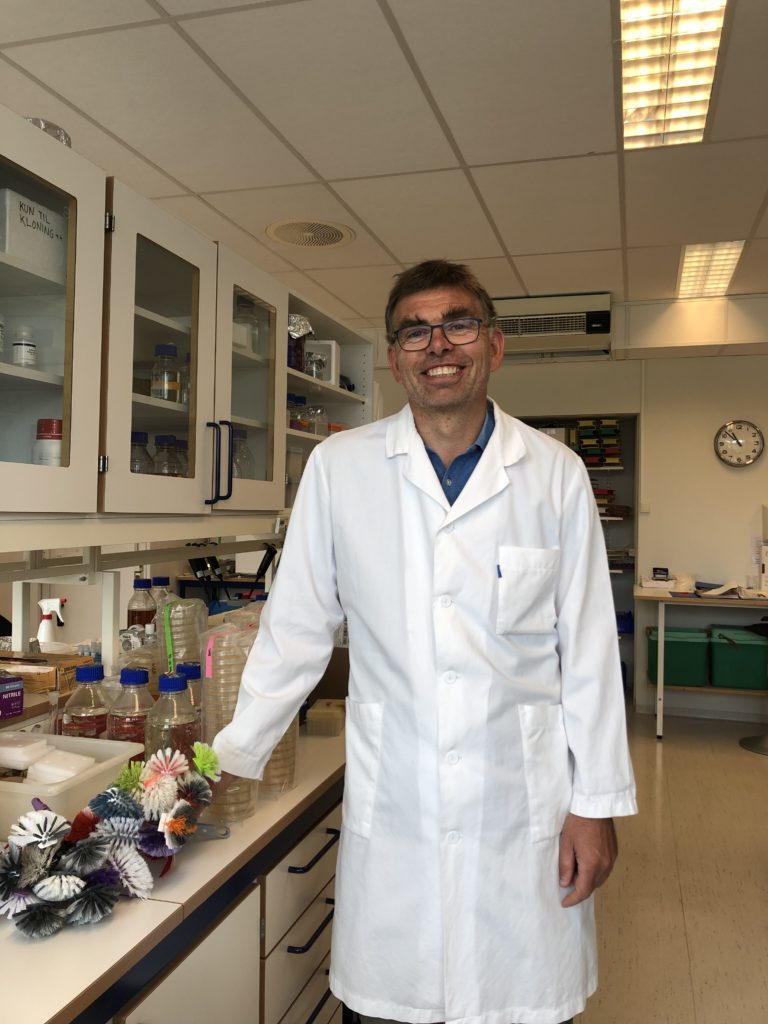Brushes are more hygienic than sponges

Sponges and brushes are used to clean dishes and keep you safe, but sponges can in some cases rather be vectors that collect and transfer harmful bacteria. While people in Norway and Denmark traditionally uses brushes for washing up, sponges are much more common in many other European countries.
Two recent studies show that bacteria can grow and survive for longer periods in humid sponges compared to in brushes, probably due to a more rapid drying of the brushes.
“Sponges are the preferred cleaning utensil for manual dish washing in many countries, but brushes may be a better alternative for safety reasons.”, says scientist Dr. Trond Møretrø from Nofima. He has been involved in the SafeConsume project and has been the leading scientist for the two studies.

In the European project SafeConsume, a web-based study was performed to map how people wash their dishes in 10 European countries. Also, laboratory analyses with new and used sponges and brushes were performed to reveal their drying characteristics and the growth and survival of the food pathogens Salmonella and Campylobacter.
More bacteria in sponges
Brushes dried considerably faster than sponges. In experiments where bacteria were added to new sponges and brushes, bacteria grew to high levels in humid sponges, and Salmonella survived more than one week in two of three types of sponges tested. In brushes all types of bacteria died over time and Campylobacter and Salmonella died to below the detection limit after one and three days, respectively. Salmonella also died in used brushes collected from consumers but it survived in sponges.
Experiments also showed that soaking in chlorine, cleaning in dish washing machine and boiling are effective for cleaning of contaminated sponges and brushes.
“Sponges dry slow and create a humid and nutrient rich environment with good conditions for bacterial growth and survival, while bacteria do not thrive in brushes that dry fast, tells Dr. Møretrø
Big differences between countries
The type of utensil used for dishwashing varied considerably between countries. While brushes were most common in Norway and Denmark, the use of sponges dominated in Romania, Hungary, Greece, France, Portugal, Spain, Germany and the UK. People were asked about why and when the changed their sponge with a new one. Most people change their sponge at regular times, 71% changed after three days or more.
Møretrø concludes: “These findings suggest that there is a need to make people in some countries aware that sponges are not very hygienic and that the use of brushes should be encouraged”
About SafeConsume
SafeConsume is funded by EU Horizon2020 and coordinated by Nofima. There are 32 partners from 14 countries in Europe. The project started in 2017 and will end in 2022.
The overall objective of SafeConsume is to Reduce health burden from foodborne illnesses. To reach the objective we need to change consumers behavior to reduce exposure to hazards and decrease risk through: effective and convenient tools and products, information strategies, education and inclusive food safety policy.
The ambition of SafeConsume is to initiate a new and broader approach in future research, innovation, education and food safety policy, widening the space of opportunities for improving food safety. The background for the project is the need for new strategies to help consumer mitigate food risks.
Mer information at https://SafeConsume.eu
Contact persons
Topics
Hygiene
Research facilities

